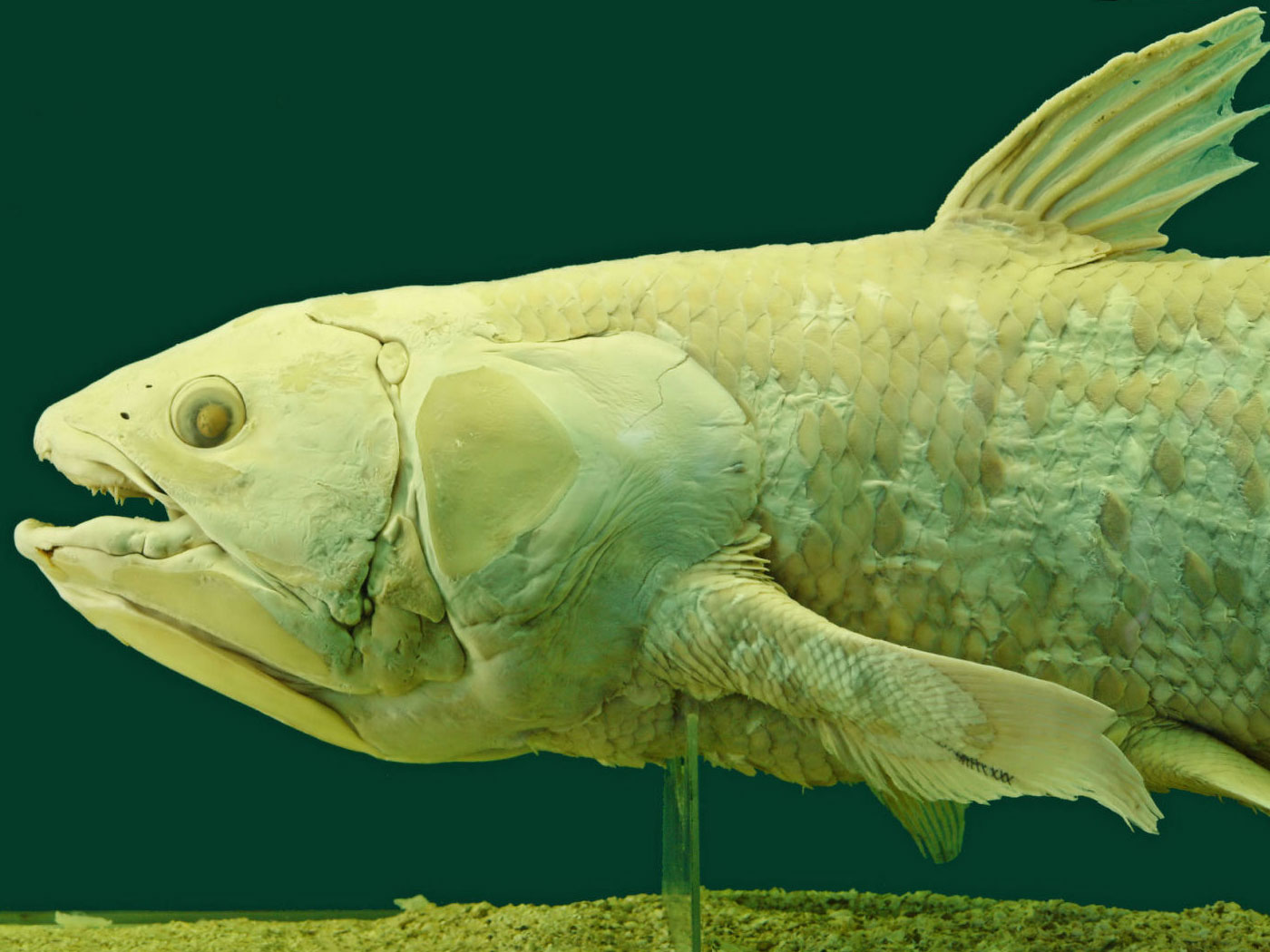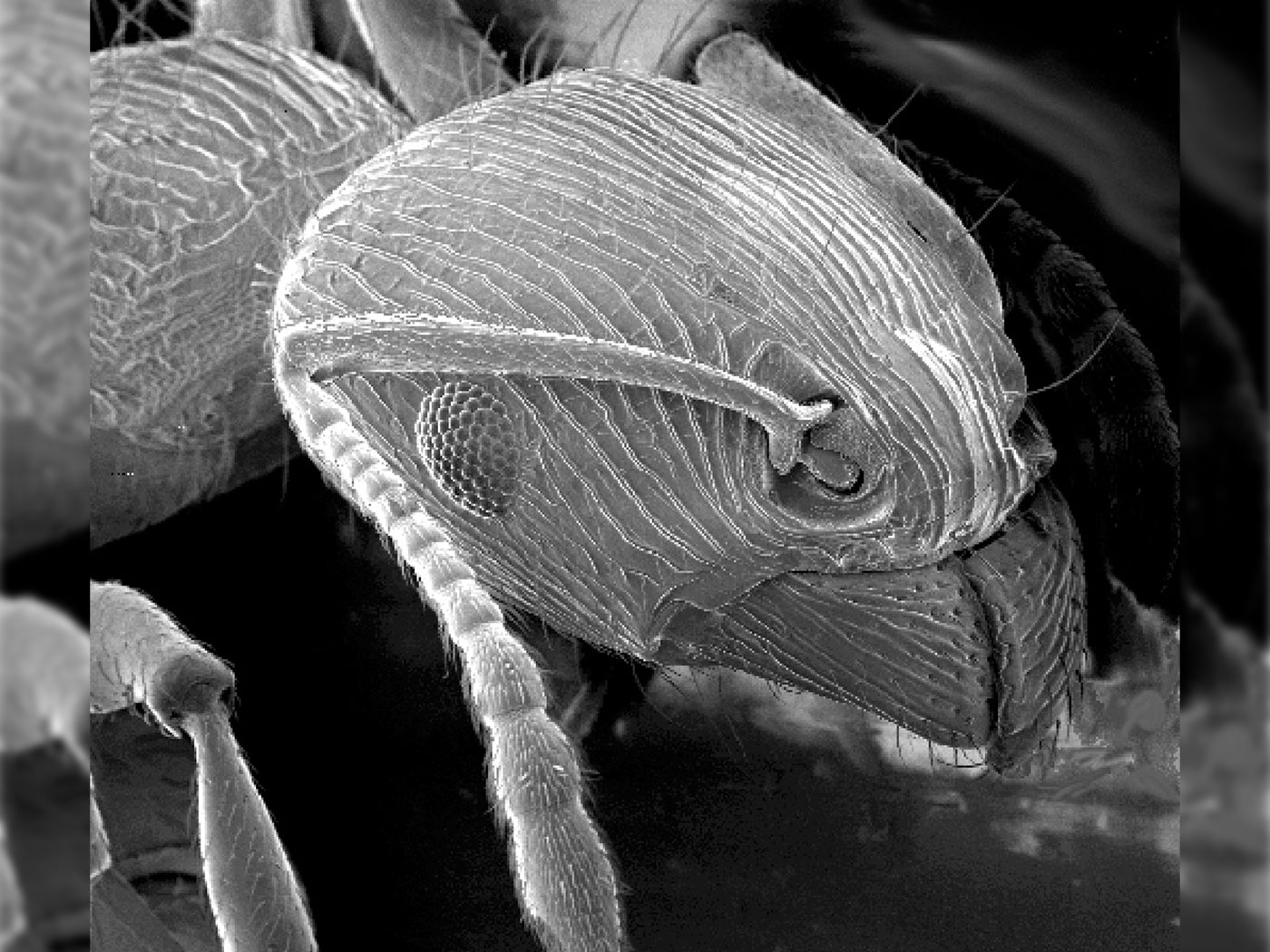This year has produced a plethora of scientific discoveries that confirm biblical creation. "Biblical creation" can mean design features found in creation, but also indicators of a world that is only thousands of years old.
How do evolutionists explain the existence of original, albeit partly decayed, proteins and other biochemicals found in animal and plant fossils? Lab studies show that some once-living tissue can last for thousands of years, if kept dry and sterile. Therefore, most of the over 100 different proteins discovered as original wooly mammoth material should surprise secular scientists.1 The mammoth had been recovered from permafrost in Yakutia, Russia, in 1993. Its evolutionary age assignment of 43,000 years is difficult to reconcile with so many protein fragments, including serum albumin.
Some might imagine that an unidentified phenomenon held the mammoth tissues together for thousands of scores years, but similar speculations applied to finds that are much deeper below earth's surface appear foolish. Scientists continue to marvel at what they often call "remarkable preservation" of certain Chinese fossils from caches discovered in the 1990s. One of them is in the Daohugou beds, which have divulged fascinating finds like dark-colored tissues from skin fibers and stomach contents.2 On-going research should continue to confirm original tissue residues in Chines fossils.
Other locations also show promise of holding even more of these fossil time capsules. For example, in 2009, scientists began investigating a squid ink sac fossil still bearing its dark-colored, but dried-out, ink. They published their results in 2012, showing that its biochemistry was an almost exact match to the modern-day cuttlefish ink. Although the decay rate of ink is not yet characterized in detail, there is no scientific reason to believe that it could have persisted for 160 million years, which is how old evolutionists say it is. The researchers even drew a picture showing how the squid would have looked in life using the fossil squid ink! No wonder the study authors called this discovery "striking."3
But the clearest confirmation of young-looking fossils and rock layers came from ongoing investigation into the increasingly famous Montana T. rex soft tissues. Prior studies verified the presence of the proteins collagen, elastin, hemoglobin, and osteocalcin in the T. rex—none of which are manufactured by the bacteria that skeptical scientists allege is responsible for the soft tissue. The new analysis discovered even more vertebrate-specific proteins and establish far beyond reasonable doubt that the tissues are from T. rex.4
Of course, secular scientists expect none of these biochemicals to have persisted until today. But according to biblical creation, with the exception of the post-Flood Ice Age deposition of the mammoth, the year-long Flood of Noah formed these fossils not more than 5,000 years ago. Soft tissue fossils make much more sense in the Bible's context.
How do secularists respond to these challenging discoveries? Some ignore the evidence, probably because it does not fit the strong, but unsubstantiated, belief that fossils and rocks are millions of years old. Others continue to insist that original tissue fossils are from recent bacteria, despite the total lack of field evidence supporting this idea and plenty of evidence against it. Mary Schweitzer, a leading authority on original tissue fossils, tried to punt the mammoth in the room when she wrote, "The idea that endogenous molecules can be preserved over geological time periods is still controversial."5 In other words, the top scientists in this field have no real answers.
But clearly, this controversy utterly evaporates when one removes fictional "geological time" from the equation.
References
- Cappellini, E. et al. 2012. Proteomic Analysis of a Pleistocene Mammoth Femur Reveals More than One Hundred Ancient Bone Proteins. Journal of Proteome Research. 11 (2): 917-926.
- Thomas, B. Researchers Find Fossil Salamanders' Last Meals. Creation Science Updates. Posted on icr.org March 12, 2012, accessed December 17, 2012.
- Glass, K. et al. 2012. Direct chemical evidence for eumelanin pigment from the Jurassic period. Proceedings of the National Academy of Sciences. 109 (26): 10218-10223.
- Schweitzer, M. H. et al. Molecular analyses of dinosaur osteocytes support the presence of endogenous molecules. Bone. Published online before print, October 16, 2012.
- Schweitzer, M. H. and M. Marshall. 2012. The Complete Dinosaur, 2nd Ed. Brett-Surman, M. K et al. (eds.) Bloomington, IN: Indiana University Press, 281.
Image credit: Copyright © 2011 Dong LiPing, Huang DiYing and Wang Yuan. Adapted for use in accordance with federal copyright (fair use doctrine) law. Usage by ICR does not imply endorsement of copyright holders.
* Mr. Thomas is Science Writer at the Institute for Creation Research.
Article posted on December 26, 2012.













